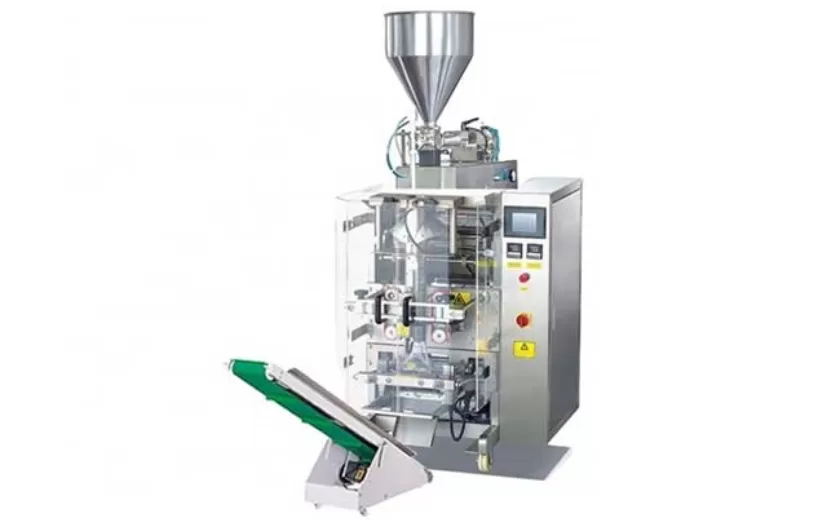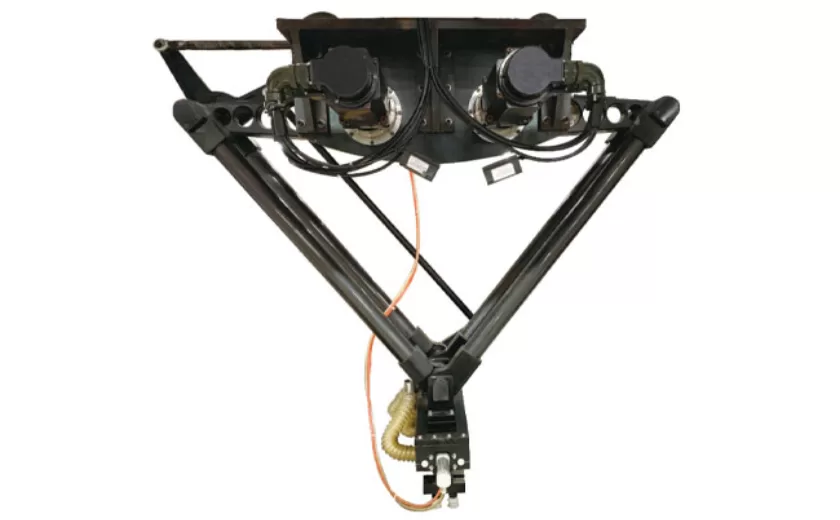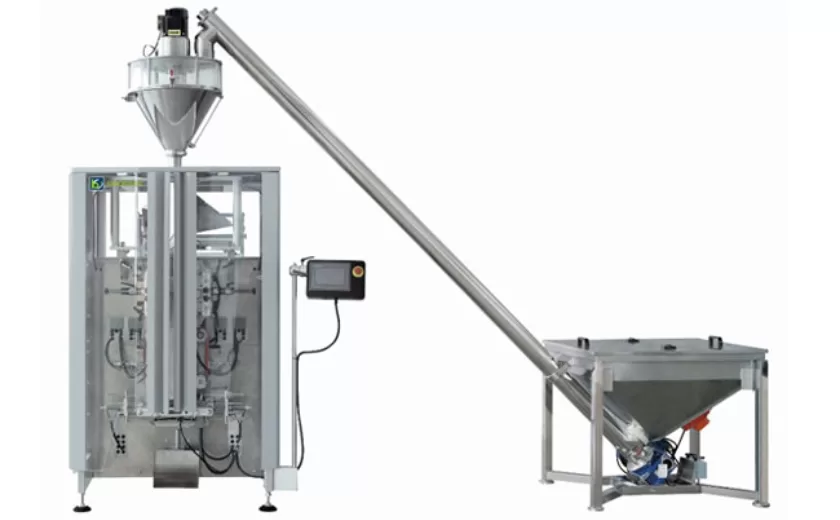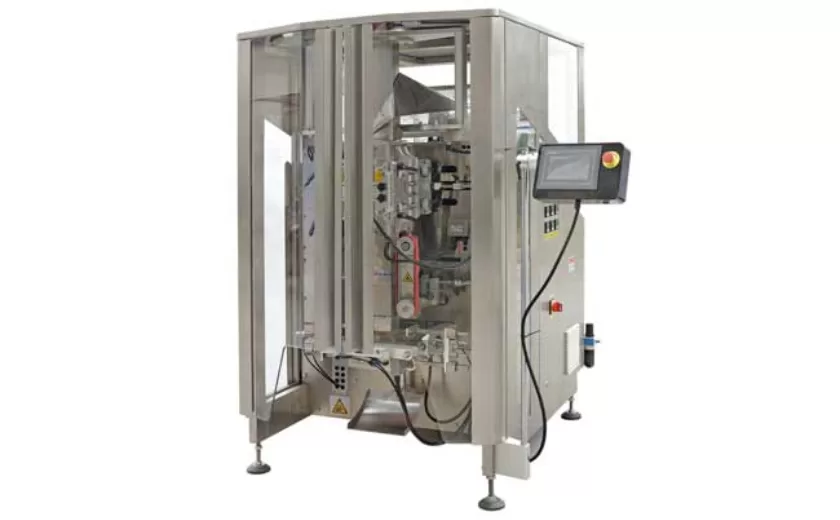The Science Behind Efficient Liquid Filling Processes
As technology continues to advance, the liquid filling industry has witnessed significant advancements, leading to increased efficiency and accuracy in the production of various liquid products. The science behind efficient liquid filling processes encompasses a range of principles and techniques that ensure precision, minimize waste, and optimize production. This article delves into the multifaceted aspects of liquid filling processes, highlighting the scientific underpinnings that drive their effectiveness.
Precision Measurement and Control
Accurate liquid filling is crucial for maintaining product quality and consistency. Advanced filling machines utilize precision measurement and control systems to precisely dispense the desired volume of liquid into containers. These systems rely on sensors, pumps, and valves that communicate and adjust the flow rate and volume in real time. By monitoring and regulating the flow of liquid, these machines minimize overfills, underfills, and spills, ensuring the accuracy and uniformity of each filled container.
Optimized Container Design
Container design plays a vital role in filling efficiency. Containers with optimized geometries reduce the risk of spills and trapped air, promoting smooth and complete filling. Factors like container shape, neck design, and filling hole size are carefully considered to ensure efficient liquid flow and reduce the potential for contamination. Proper container design also facilitates efficient sealing and capping processes, minimizing leakage and preserving product integrity.
Fluid Dynamics and Flow Optimization
The principles of fluid dynamics guide the design of filling nozzles and the selection of appropriate filling techniques. Nozzle shape and angle are optimized to minimize turbulence and splashing, ensuring a smooth and controlled flow of liquid into the container. Filling rates are adjusted to prevent foaming or cavitation, ensuring accurate volume measurement and avoiding product degradation. By optimizing the fluid flow characteristics, manufacturers can enhance filling efficiency and minimize product loss.
Hygienic Considerations and Sterilization
In the food and pharmaceutical industries, maintaining hygienic conditions during liquid filling is paramount. Filling machines are designed to minimize the risk of contamination by utilizing sterile components and employing rigorous cleaning and sanitization protocols. Advanced technologies like ultraviolet (UV) sterilization and sterile air filtration systems are employed to eliminate bacteria and prevent product spoilage. These measures ensure product safety, extend shelf life, and comply with stringent industry regulations.
Process Monitoring and Optimization
Real-time monitoring and optimization systems enhance the efficiency of liquid filling processes. Sensors continuously monitor filling parameters, such as flow rate, volume, and temperature, allowing operators to identify and address any deviations from optimal conditions. Advanced control algorithms and data analytics tools enable manufacturers to optimize filling profiles, minimize downtime, and improve overall production efficiency. By leveraging these systems, companies can continuously refine their filling processes and reduce operational costs.
The science behind efficient liquid filling processes encompasses a multitude of principles and techniques. From precision measurement and control to optimized container design and fluid dynamics optimization, each aspect plays a critical role in ensuring accuracy, minimizing waste, and enhancing production efficiency. By understanding the science behind these processes, manufacturers can optimize their operations, maintain product quality, and meet the demands of increasingly competitive markets.
-
Advanced Packing Solutions: Snacks, Sugar, and Frozen Food Machines
29-10-2025 -
Efficient and Reliable Solutions for Salt, Nuts, and Frozen Dumplings Packing
29-10-2025 -
High-Performance Biscuits, Lollipop, and Ketchup Packing Machines for Modern Food Production
29-10-2025 -
Efficient Liquid Filling and Packing Machines for Modern Production
23-10-2025 -
Reliable Granule Packaging Machines for Efficient Production
23-10-2025 -
Efficient Auger Powder Filling Machines for Accurate Packaging
23-10-2025 -
High-Performance Liquid Filling and Packing Machines for Hygienic Production
10-10-2025 -
High-Efficiency Granule Packaging Machines for Precision and Speed
10-10-2025 -
High-Precision Auger Type Powder Filling Machines for Efficient Packaging
10-10-2025 -
Efficient Vertical Form Fill Seal Packaging Machines for Smart Production
10-10-2025











